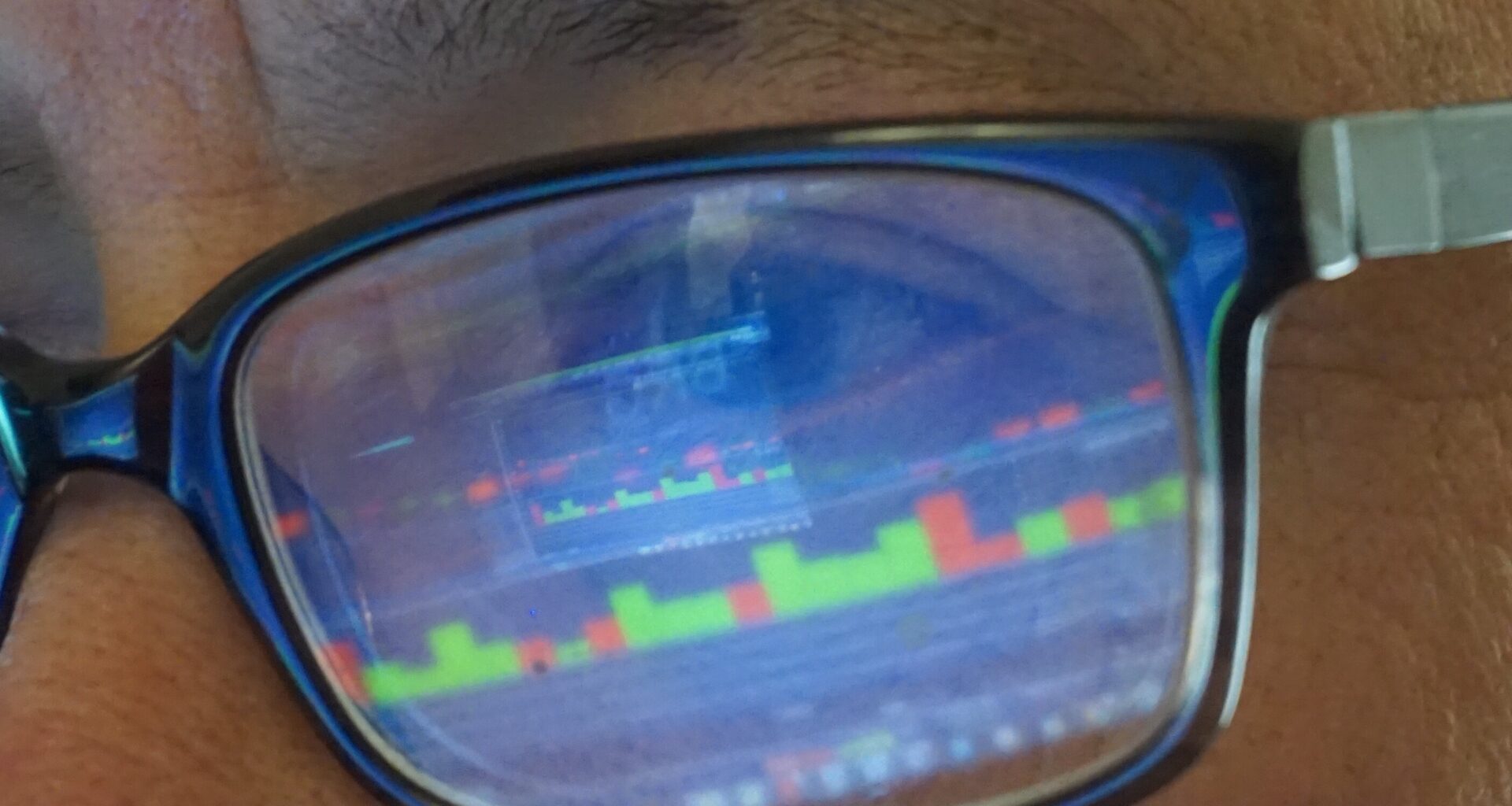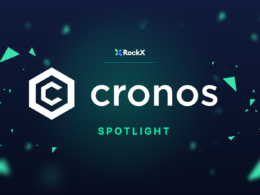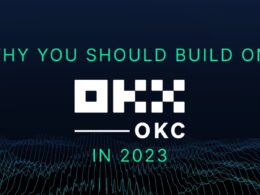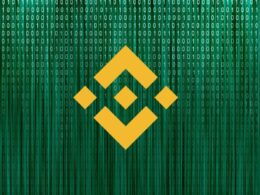With the increasing adoption of cryptocurrency, blockchain analytics is becoming more important. Cryptocurrency exchanges, traders, investors, businesses, and governments all are beginning to use blockchain analytics to track the movements of cryptocurrency and understand the behaviour of users on a blockchain.
Blockchain analytics is all about deriving actionable insights from blockchain data. It involves applying data science and analytics techniques to understand how blockchain networks operate, identify trends and patterns, and predict future behaviour.
It is all about understanding, classifying, and monitoring blockchain transaction data to gain valuable insights and help in better risk assessment. This makes blockchain analytics a powerful tool that can help individuals and organisations track, manage, and understand blockchain data. It can even be used to track down criminals and prevent fraud.
The analysis of blockchain data can be used to track the flow of funds, identify suspicious activity, and uncover scams and fraud. It can also be used to assess the health of a blockchain network and identify potential areas of improvement. By understanding how blockchain networks function, we can create better tools and protocols to make them more secure and efficient.
Benefits of Blockchain Analytics

The benefits of blockchain analytics are many and varied. For businesses, blockchain analytics can provide valuable insights into the operations of their supply chains. For governments, blockchain analytics can help track and prevent the flow of illicit funds. As for law enforcement, blockchain analytics can help them investigate and prosecute crimes more efficiently.
Blockchain analytics can also help individuals track their own cryptocurrency holdings and transactions. By providing visibility into the blockchain, analytics tools can help users identify and avoid potential scams, track their investments, and monitor their own spending.
In short, blockchain analytics provides a wealth of benefits for a wide range of users. By offering visibility into the blockchain, analytics tools can help users make informed decisions, avoid potential risks, and track their progress.
However, reading and deciphering the blockchain data in its raw form is difficult. That’s why blockchain analytics tools employ techniques such as clustering algorithms, web scraping, fraud database tracking, and dust attacks to figure out real-world identities of blockchain addresses.
Raw blockchain data is enhanced with information from other sources, such as web scraping or dust attacks, and algorithmically clustered to cluster addresses that are more likely to be associated with a single control entity.
Blockchain data is created and stored by several linked computers, providing a vast data set that cryptic compliance analysts can monitor.
Additionally, crucial data, such as the number of active addresses, transaction values, and so forth, can be calculated from recorded transactions in the blockchain.
You also have a broad set of blockchain data that can be extracted, including block data, token transfers, and event logs. Because you might not know which data you’ll need in advance, extracting blockchain data into an off-chain repository for analysis later is more effective.
Instead of writing specialised scripts, you can query a database to pull out virtually all of the information that lives in networks like Ethereum. For instance: Etherscan allows you to access details on any transactions pending or confirmed in Ethereum and to search through wallet addresses, smart contracts, and other on-chain data.
Use Cases of Blockchain Analytics
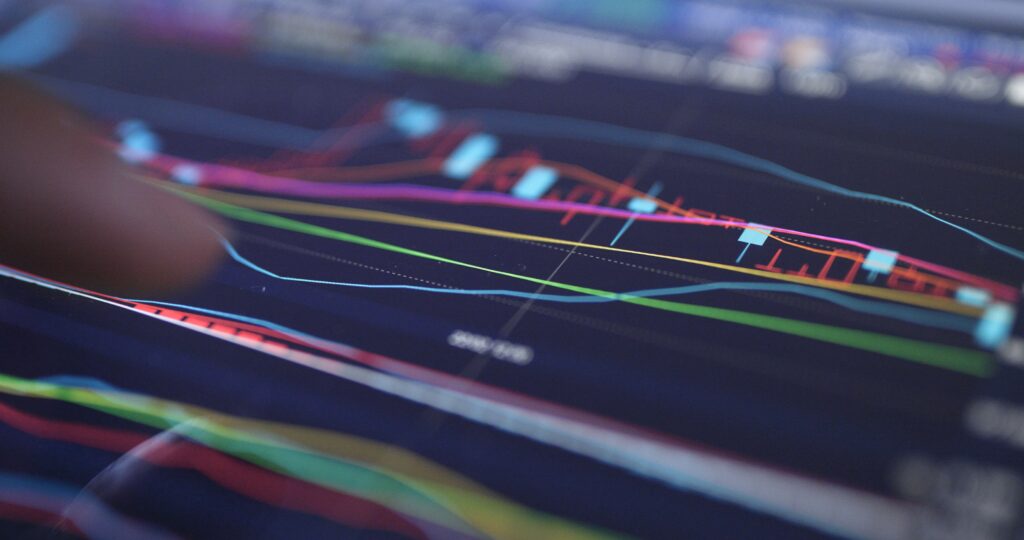
With blockchain and crypto gaining worldwide adoption and the number of projects and data sources increasing, blockchain analytics is gaining popularity.
There are several different use cases for blockchain analytics. For example, it can be used to track the movements of digital assets, identify suspicious activity on the blockchain, or visualise data to understand the behaviour of different blockchain networks better.
Blockchain analytics can be used by businesses to track the movements of their assets, by regulators to identify potential risks and illegal activity, and by researchers to better understand the behaviour of different blockchain networks.
Today, many platforms provide blockchain analytics to track each and every transaction related to a network and analyse the risks associated with these transactions. With blockchain analytics tools matching client data to cryptocurrency transaction histories, money laundering can be pinpointed accurately and thus prevented. Even if cryptocurrency transactions are anonymous by nature, these payment records can be followed through blockchain analytics, identifying who was paid and what was paid to, once linked with KYC data.
By mining publicly available data from blockchains and analysing past fraudulent transactions, blockchain analytics providers are serving to keep participants in the crypto markets safe from scams.
Through transaction tracking, risk assessment, and investigations, blockchain analytics software helps enforce compliance by providing risk mitigation and monitoring tools to providers of virtual asset services.
Accessing Blockchain Analytics
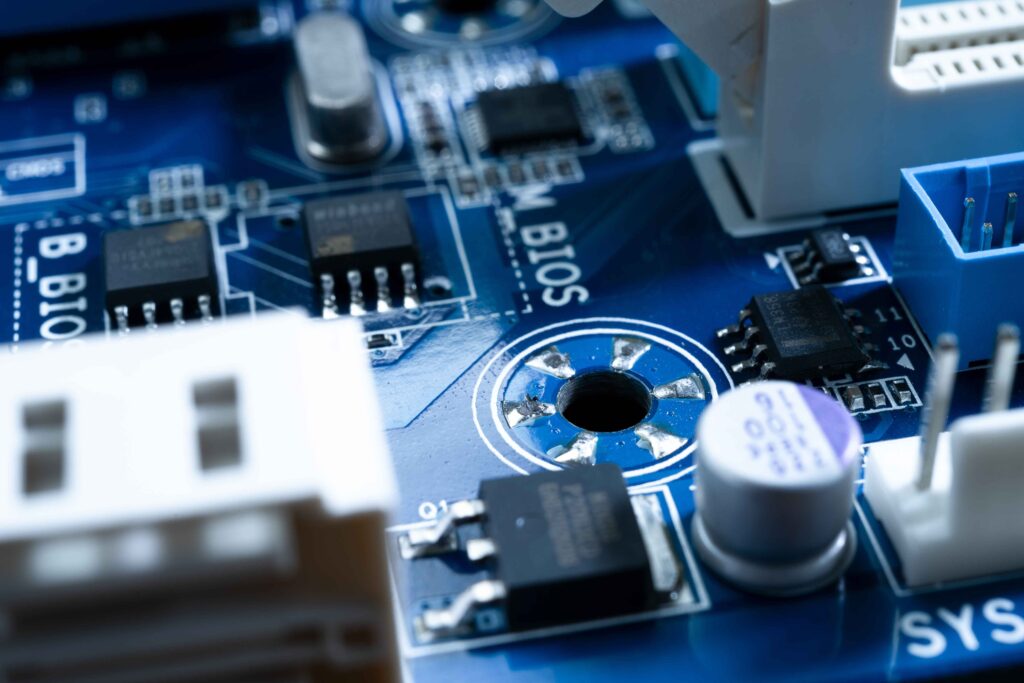
There is a misperception that since the blockchain is transparent (everyone on the network can see every transaction) and secure, those investigations are easier. However, before any meaningful analysis can occur, analysts must understand the entities and transactions within their data.
This is where blockchain analytics providers come into the scene. These providers use machine learning to provide you with every single transaction in the blockchain, source of funds, wallet history, and the flow of funds. However, the data needs to be precise and comprehensive.
The best blockchain analytics platforms limit false positives by linking cryptocurrency addresses with known entities to discover patterns associated with illegal actors in cryptocurrency transactions.
Blockchain analytics companies also offer robust visualisation tools to manually investigate and deploy different clustering algorithms for cryptocurrency services identification.
With blockchain and cryptocurrency gaining worldwide adoption, many paid and free-to-use blockchain analytics tools are available in the market. When it comes to free options, one way is to use a blockchain explorer.
A blockchain explorer is a tool that allows you to view all the data on a given blockchain. This includes all the transactions, blocks, and addresses. This data can be beneficial for doing things like tracking down a specific transaction or address. However, this data can be challenging to interpret, especially when you need to track down the detailed information you need.
But they are not your only option. Many paid service providers also offer free options. RockX is one such provider that provides various tools and services to help individuals and developers access on-chain data, historical data, and blockchain analytics. One can use RockX access node API for free or select a growth plan.
The API, designed to be easy to use, with comprehensive documentation and sample code available, provides endpoints for retrieving data from Bitcoin, Ethereum, and other widely used networks. The platform utilises a hybrid cloud architecture and backup nodes to avoid any single point of failure, around-the-clock monitoring, and quick implementation of security fixes and upgrades to ensure the best possible performance and security.
Final Word
As cryptocurrencies become more widely adopted, the need for blockchain analytics will continue to increase. This data, after all, allows users to track the movements of cryptocurrency, find suspicious activity, identify trends and patterns, and understand the behaviour of users on a blockchain.
The future of blockchain analytics is likely to be very exciting. As the number of blockchain-based projects and data sources increases, so will the use cases for blockchain analytics.
In conclusion, blockchain analytics is a powerful tool that can help organisations track, manage and understand blockchain data. By using this tool, organisations can gain insights into the behaviour of their users, the health of their blockchain network, and the potential risks and opportunities posed by blockchain technology.
However, blockchain analytics is still in its early stages of development. As such, it is essential to exercise caution when using this tool, as it is still possible to make inaccurate or misinterpreted conclusions.





